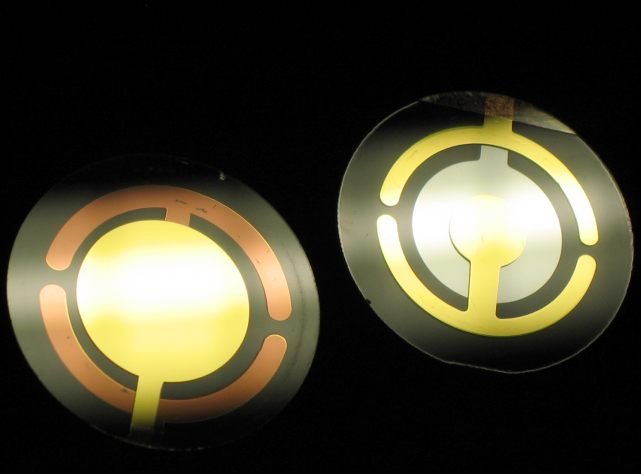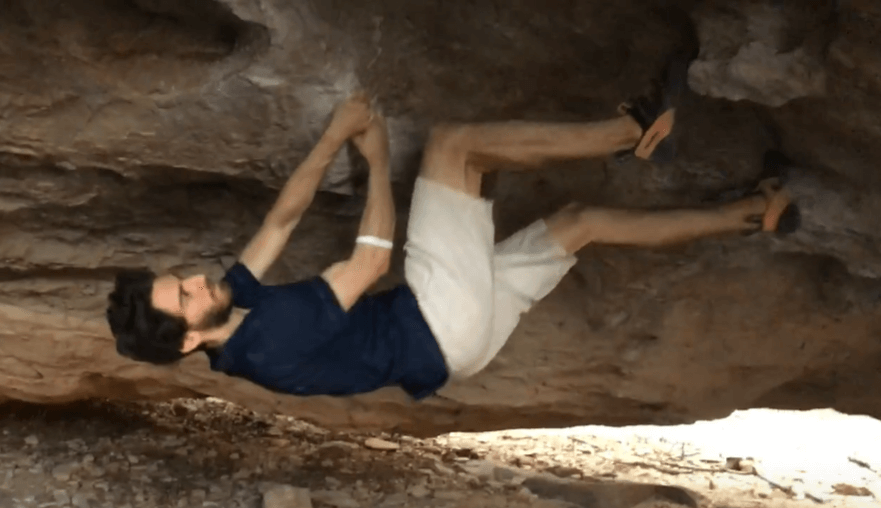Texas A&M University Undergraduate Research
During my time studying Chemical Engineering at Texas A&M, I got a chance to couple two modeling techniques: the kinetic Monte-Carlo (kMC) and Partial Differential Equation (PDE). I used these techniques to describe the behavior of a protein that could randomly bind to a neighboring receptor. The solution was composed using a 2D array representing a lattice of protein concentrations and receptor locations.
The kMC model involved generating a random number and comparing it to a set of numerical conditions. Each of these conditions had its own lower and upper bound and their sum total covered the whole range of the random number. Whatever condition the number falls into will execute a specified instruction. Some of these events include: a protein binding to a receptor, a protein un-binding from a receptor, a protein moving to a different receptor, and nothing happening at all.
The PDE part of the model solved the 2D time-dependent diffusion equation. I did this by using the Finite-Difference method, which produces a numerical solution for each location in the lattice by stepping through snapshots in time. Based on the local concentration of proteins, a receptor may be more "hot" or "cold", referring to the likelyhood of a protein to bind there.
The program was implemented in C# and Matlab, and the published paper is free to read at doi:10.1002/aic.17453
Oak Ridge National Lab
After I got my bachelor of science in chemical engineering degree from Texas A&M, I did a five-month co-op at Oak Ridge National Lab. My work there was centered around a device called a Quartz Crystal Microbalance (QCM). A huge advantage of a QCM is its price: an average QCM costs $90[1], while a more traditional microbalance will usually cost $1000[2] or more. It is a small and thin circular disk with a gold electrode in the middle; the model I worked with had a total circumference of 14 mm and 5 mm electrode circumference.

The QCM is a piezoelectric material, meaning that it produces physical force when you subject it to an electrical current. The word piezoelectric comes from the words πιέζειν (piezein), meaning to squeeze, and ἤλεκτρον (electron), meaning amber, which the Ancient Greeks identified as carrying electric charge. The QCM produces distinct peaks when subjected to its resonant frequencies because of the drastically reduced electrical resistance that occurs at resonance. We record the resonant peaks out of the box and then measure the changes in these peaks when we pertub the QCM somehow, e.g. adding a thin film on top. By comparing the expected peak to the measured peak, we can gain important information about the properties of the material that we introduced to the QCM.
I used the QCM to chart the evaporation profile of water droplets: a pilot workflow for testing other solvents. I deposited a small amount of water on top of the QCM and then measured the dynamics of resonant frequency shifts as the water evaporated. I found that the water had to overcome an initial period where no evaporation occurred, and that a steady frequency shift following first-order kinetics occurred after this.
You can view my research poster here.
Hobbies
My main passion outside of coding is rock climbing. I picked it up my freshman year of college when a friend took me to the Texas A&M climbing wall, and I haven't stopped since. I've climbed in Georgia, Colorado, Tennessee, Alabama, and west/central Texas.
One of the main things that continues to draw me to climbing so much is the infinite possibilities of movement. Foot-holds and hand-holds can be arranged in a huge amount of variations to create a climb. Because climbing is such a technical sport, small differences in the relative locations of things can cause a huge difference in how you need to approach the problem.
My favorite discipline within climbing is Bouldering, where the routes tend to be shorter and require more power. My lifetime goal in climbing is to do the route Esperanza, which is one of the most difficult routes located in Hueco Tanks Texas State Park. Hueco is a world-class climbing destination that has a gymastic and 3D style of climbing.
